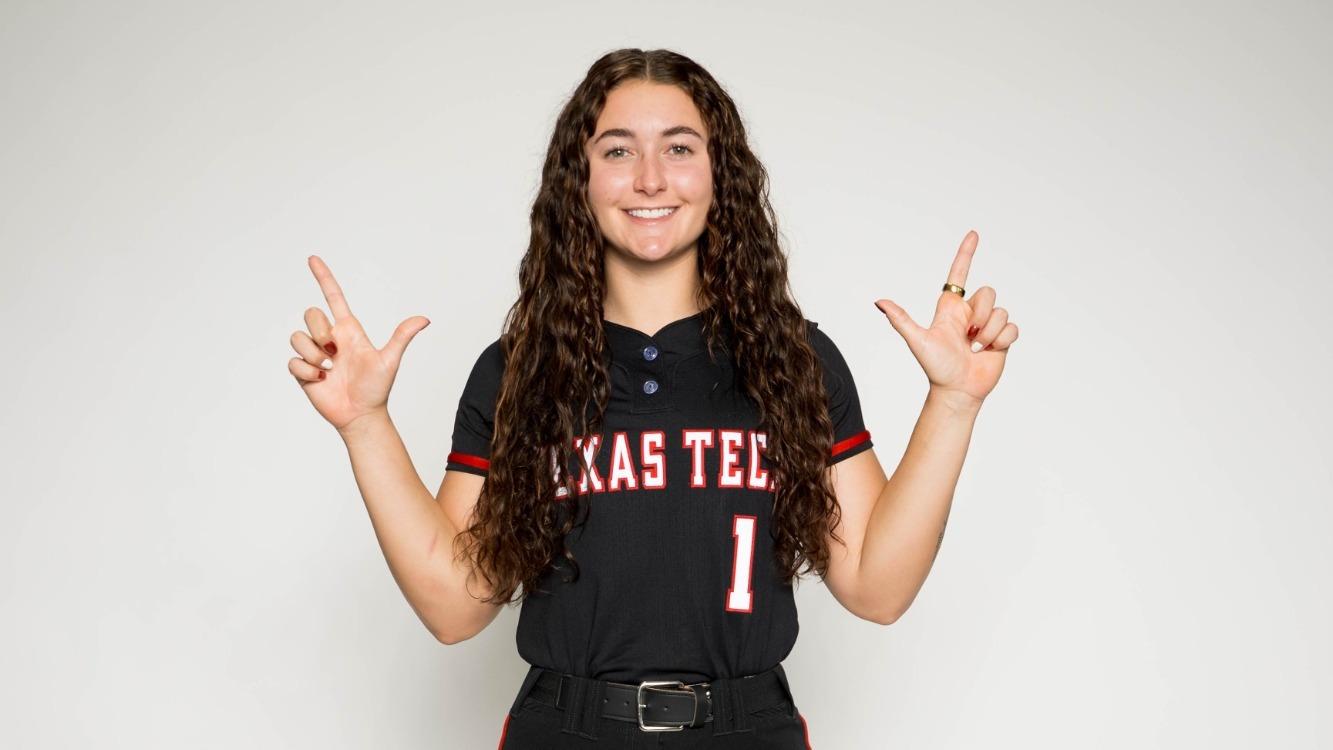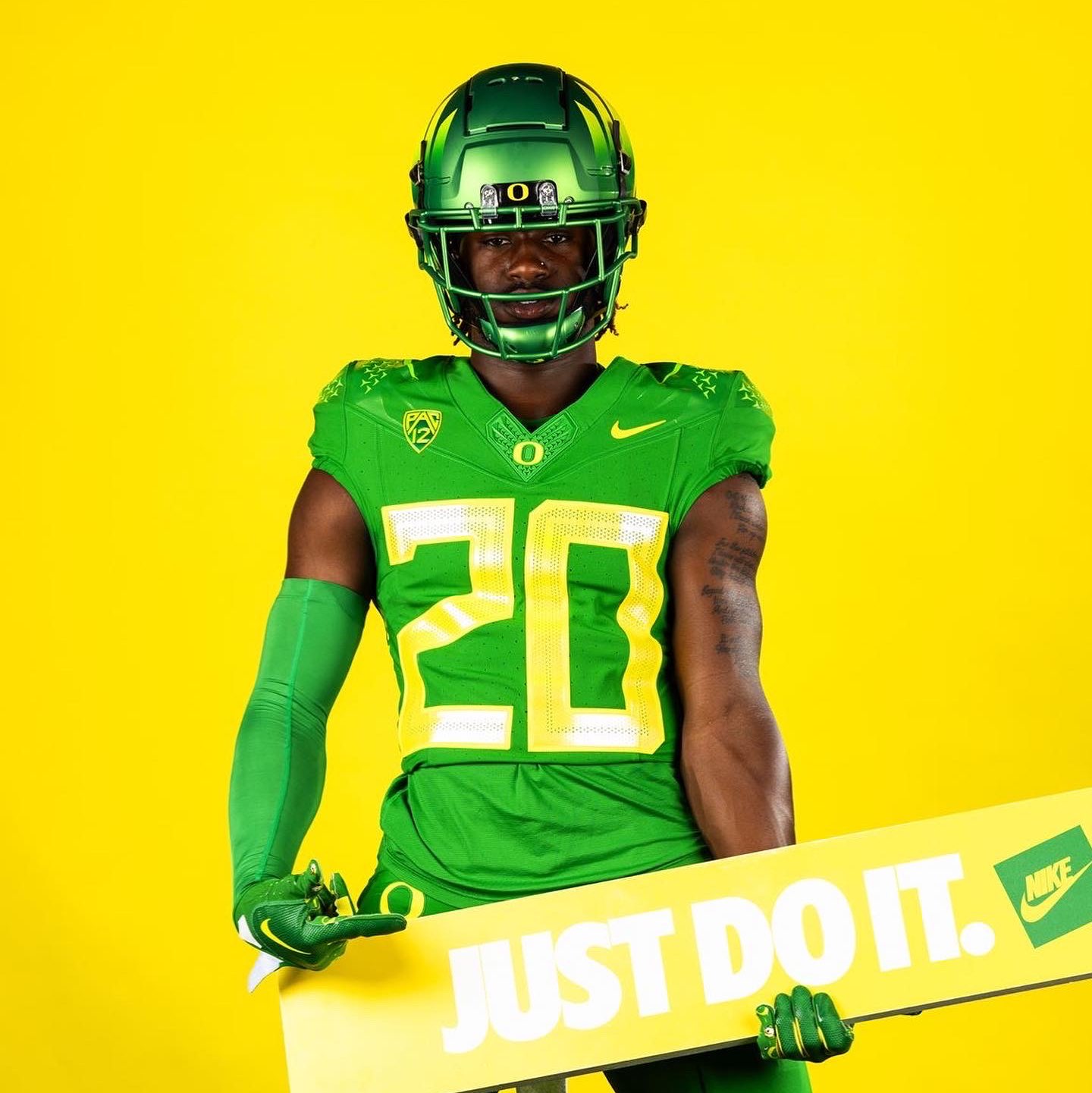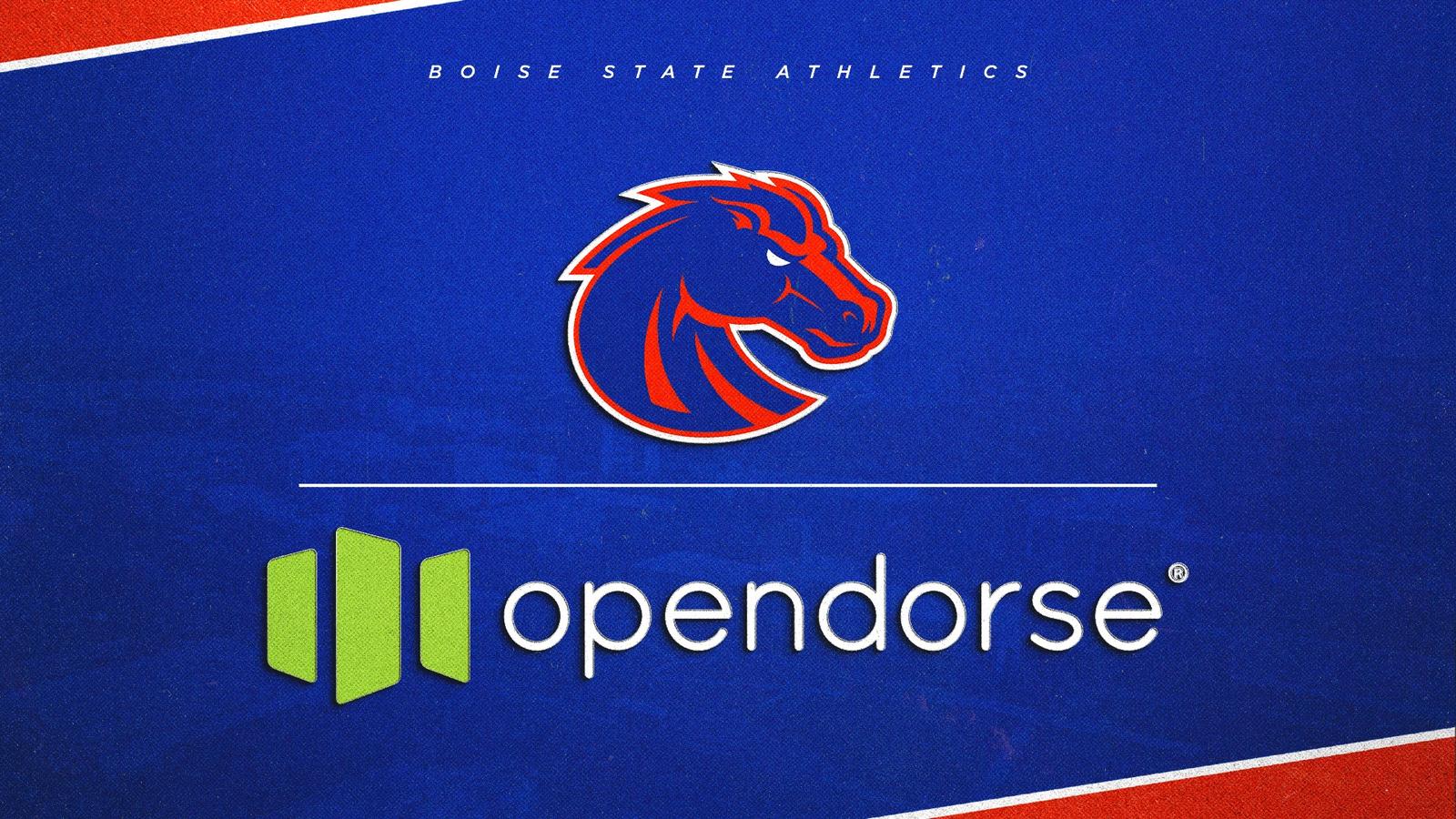Image credit:
Tennessee coach Tony Vitello (Photo by Eddie Kelly/ProLook Photos)
The MLB Draft is always a reshuffling of power in college baseball—some programs win big, others lose cornerstone talent and a few do both.
The 2025 edition was no different. From top-heavy draft classes to surprising returns and transfer-class coups, this year’s draft left a clear mark on the college landscape. Here’s a look at which teams (and the sport itself) came out ahead—and which didn’t.
Winners
Tennessee
It felt inevitable that the Volunteers would end up on this list one way or another thanks to having a good chunk of their recruiting class—both high school and transfer—eligible for selection. To say head coach Tony Vitello’s program made out well would be an understatement.
Relief workhorse and expected 2026 rotation member Brandon Arvidson opted to return for another season. Virginia transfer Henry Ford (Baseball America’s No. 8 overall transfer) went undrafted, a surprising outcome for the draft-eligible sophomore who was widely expected to end up with a pro team this summer. Virginia transfer lefty Evan Blanco went unselected, as well. High schoolers Cameron Appenzeller and Trent Grindlinger are also expected to arrive in Knoxville. Those four alone give a massive boost to a program eyeing a second national title in three years.
Tennessee also had eight players taken in the first three rounds—a testament to the program’s elite development under Vitello and a gleaming pitch to future transfers and recruits.
Looking ahead to 2026, Tennessee once again looks every bit the part of a national title contender.
Texas
Texas had already positioned itself as a draft winner before the first pick was even made. Pitchers Luke Harrison, Ruger Riojas and Max Grubbs all announced their intentions to return in 2026, giving the Longhorns one of the most experienced rotations in the SEC. The program also brings back key 2025 relievers Dylan Volantis and Thomas Burns, further solidifying a pitching staff that looks formidable on paper.
Between those returners, a strong freshman class and impact transfers, Texas has assembled a staff with elite tools. It’s an ideal sandbox for pitching coach Max Weiner, who’s widely regarded as one of the game’s best young minds. His unique approach to pitch calling and shape manipulation has quickly become a hallmark of the program.
The Longhorns also did well on the position player front, with Temo Becerra (Stanford), Josh Livingston (Wichita State) and Cal Higgins (Western Kentucky) all going unselected. While any of them could still sign as undrafted free agents, the odds of them reaching campus improved significantly the moment the draft ended.
Butler transfer Jack Moroknek is expected to sign. Mississippi State transfer Luke Dotson and Georgia State transfer Kaleb Freeman might, too. But Texas is loaded nonetheless.
Georgia
No team had more roster capital at stake in the 2025 draft than Georgia. Between draft-eligible returners, high-profile transfers and high school signees, the Bulldogs had a sizable chunk of their projected roster available for selection. The results broke in their favor.
Draft-eligible sophomore Tre Phelps, who’s hit 22 home runs in just under 100 games as a Bulldog, elected to return. So did Jack Arcamone, a data-friendly catching prospect from Richmond who was widely expected to sign a pro deal. Georgia also secured Matt Scott, a former Stanford righthander whose arm talent is undeniable but who needs refinement to unlock early-round upside.
New Orleans transfer Bryce Calloway, USC transfer Caden Aoki, West Georgia transfer Lane Pearson and others also went unselected and are expected to reach campus barring a significant free agent offer.
After being eliminated in its own regional in 2025, Georgia is eyeing its first trip to Omaha since 2008. The outcome of this year’s draft only strengthens that pursuit.
Arizona State
Arizona State is less a winner for what it retained—though its impressive transfer haul remains almost entirely intact barring undrafted free agent signings—and more for what it lost. All nine of the Sun Devils’ draftees came off the board in the top 10 rounds, tying Arkansas for the most of any program in the country. That total also matched the mark set by ASU’s 1981 team, which went on to win the national title.
This year’s result was a bit more complicated. Unlike in ’81, the Sun Devils failed to host a regional and were eliminated in the opening round. The contrast is sharp, and while it’s tougher to win now than it was four decades ago, the expectation at a program with ASU’s draft pedigree should be more than just sending players to pro ball.
Still, the foundation for a turnaround is in place. Arizona State brought in a strong and deep transfer class, including PJ Moutziridis (Cal), and it also returns Cole Carlon and Landon Hairston—three players with top-of-the-draft upside. Talent will return to Tempe en masse. In 2026, the Sun Devils will have every reason to expect results to match.
College Baseball
It’s a broad category—especially given that this entire exercise is built around college baseball winners and losers—but it’s hard to come away from the 2025 draft without feeling like the sport itself came out ahead.
While the total number of college players selected in the top 10 rounds didn’t quite match last year’s all-time high of 254, this year still marked the fourth-most in the bonus pool era (since 2012) with 247. More notably, three of the four most college-heavy top-10 rounds have now occurred in the last four drafts, solidifying a clear and continued shift in MLB’s preferences.
The trend echoes a belief shared widely by coaches across the country: MLB increasingly sees college as a premium development pipeline. That’s reflected not just in draft behavior but in debut timelines, too. More players are reaching the majors within two years of their draft season than ever before—and the overwhelming majority of them played college baseball.
No matter which programs won or lost the most, college baseball itself remains sharply on the rise.
Losers
LSU
Calling LSU a draft “loser” feels like a stretch for a program coming off its second national title in three years, led by arguably the best coach in the sport, with a strong transfer class and a notable portion of its championship roster returning. The Tigers will be elite again, and their draft outcomes don’t change that.
But in a vacuum, the toll on their recruiting class was severe—enough to land them on this side of the ledger.
Eight signees were drafted and are expected to sign: Brady Ebel (No. 42 on the BA 500), Briggs McKenzie (No. 46), Jaden Fauske (No. 54), Quentin Young (No. 56), Miguel Sime Jr. (No. 88), Dean Moss (No. 97), Landon Hodge (No. 131) and River Hamilton (No. 171). Most weren’t expected to make it to campus, but the sheer volume is hard to ignore.
LSU did hold on to key names like William Patrick, Marcos Paz, Reagen Ricken and Omar Serna, and it returns Zac Cowan, Chris Stanfield and Jaden Noot, none of whom were drafted.
The Tigers will be fine. But their recruiting class took a hit few others could withstand.
Clemson
Clemson didn’t bring in a particularly deep transfer class, nor was its high school crop loaded with top-end draft talent. But the Tigers still took two significant hits—one from each group.
Ryan Wideman, a dynamic outfielder from Western Kentucky, was selected in the third round and is now unlikely to reach campus. So is Dax Kilby, Clemson’s top high school commit, who was taken 39th overall.
It wasn’t a catastrophic draft, but it stung in the two places that mattered most.
Florida State
No program lost more to the 2025 draft than Florida State. The Seminoles had a nation-leading 11 players selected—Jamie Arnold, Alex Lodise, Cam Leiter, Max Williams, Drew Faurot, Peyton Prescott, Joey Volini, Evan Chrest, Gage Harrelson, Jaxson West and Maison Martinez—and nearly all are expected to sign. Even if a few return, FSU is still likely to lose the bulk of its starting lineup, two-thirds of its weekend rotation and several key bullpen arms.
Replacing that kind of production is a monumental task. The Seminoles will lean on a solid transfer class headlined by former FAU lefthander Trey Beard, but many of their incoming pieces are stepping up significantly in level of competition—a gamble for a team with so much to replace.
Head coach Link Jarrett has brought stability and national relevance back to the program he once played for. But given how much just walked out the door, 2026 may present his toughest challenge since he inherited the storied program.
Arkansas
Coming off a run to the national semifinals, Arkansas is now staring down one of the most significant roster overhauls in the country. The Razorbacks lost Gage Wood, Wehiwa Aloy, Zach Root, Charles Davalan, Christian Foutch, Aiden Jimenez, Landon Beidelschies, Brent Iredale, Ben Bybee, Justin Thomas and Parker Coil to the draft. That’s the entire weekend rotation, a Golden Spikes Award-winning shortstop, multiple key lineup bats and much of the bullpen.
All gone.
To their credit, the Razorbacks have reloaded with an impressive transfer class and remain one of the best-coached teams in the country under head coach Dave Van Horn. But like Florida State, they face a massive rebuild and are still chasing that elusive first national title.



























































 BREAKING: NBA MVP Shai Gilgeous-Alexander signs the RICHEST annual salary in league history
BREAKING: NBA MVP Shai Gilgeous-Alexander signs the RICHEST annual salary in league history